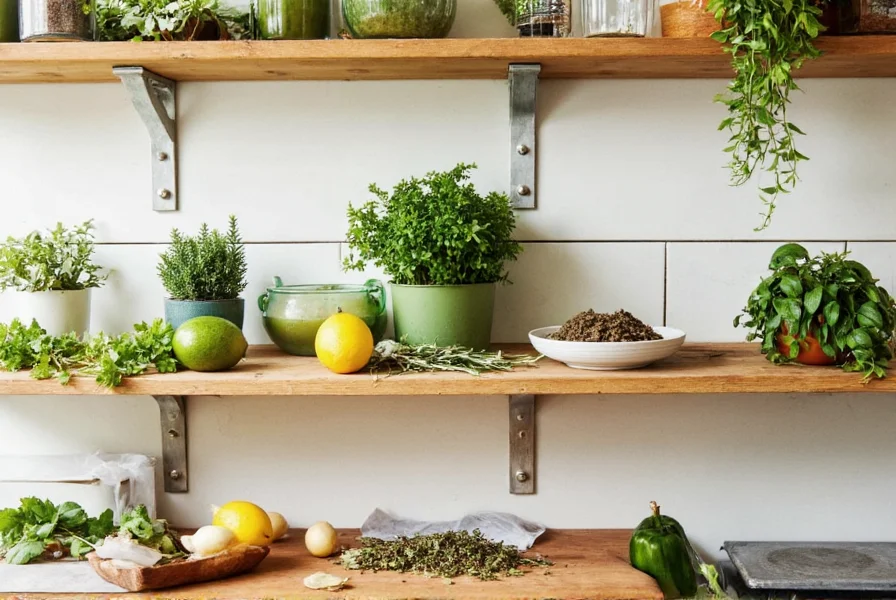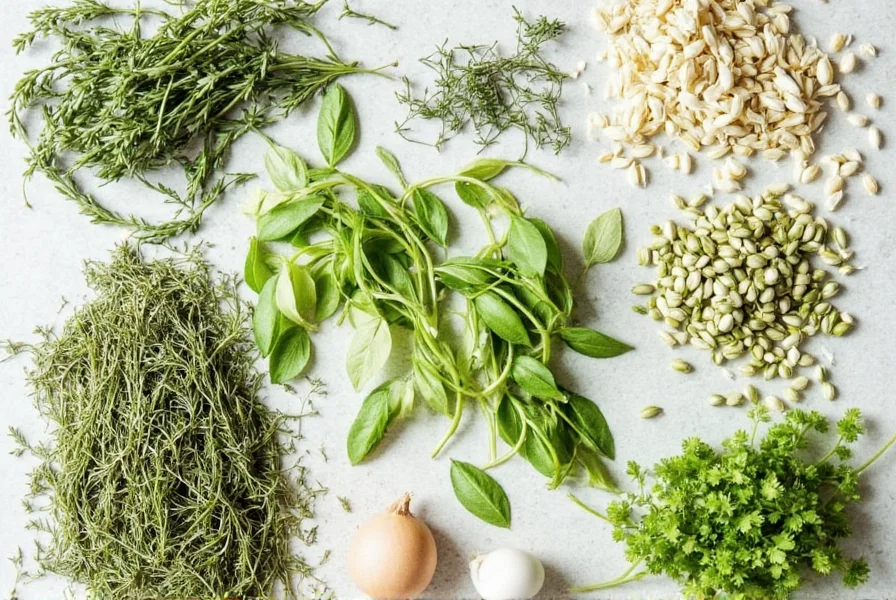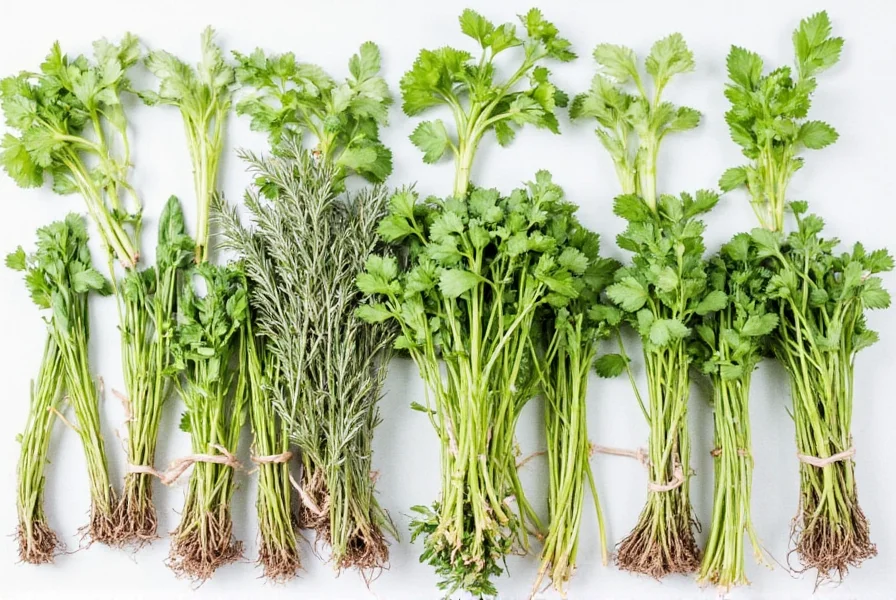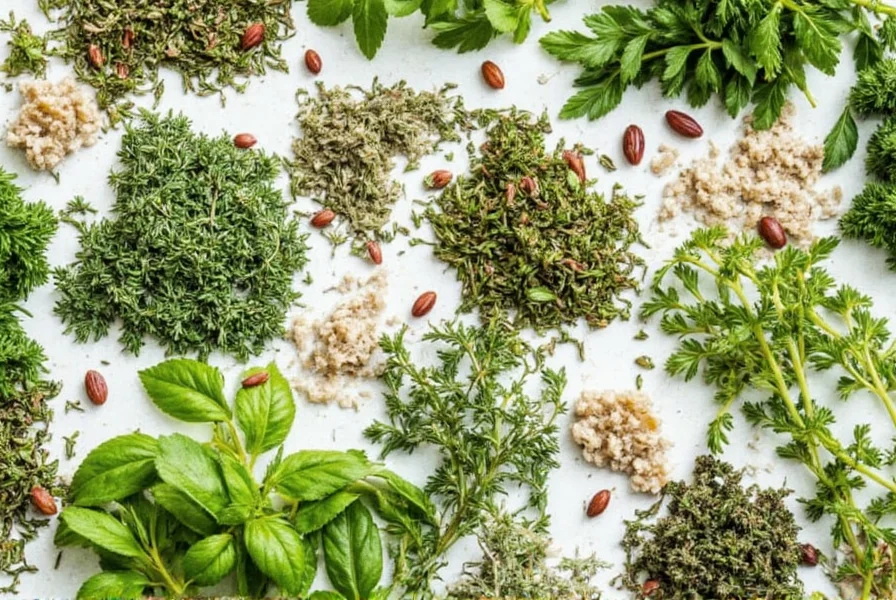| Herb | Fresh Amount | Dried Equivalent |
|---|---|---|
| Basil | 1 tbsp chopped | 1 tsp dried |
| Parsley | 1 tbsp chopped | 1 tsp dried |
| Cilantro | 1 tbsp chopped | 1 tsp dried |
| Oregano | 1 tbsp chopped | 1 tsp dried |
| Thyme | 1 tbsp chopped | 1 tsp dried |
| Rosemary | 1 tbsp chopped | ½ tsp dried |
The standard dried herb to fresh herb ratio is 1 teaspoon of dried herbs = 1 tablespoon of fresh herbs (1:3 ratio) for most soft herbs like basil, parsley, and cilantro. For woody herbs like rosemary and thyme, the ratio is typically 1:2 (e.g., 1 tablespoon fresh = ½ teaspoon dried) due to their concentrated flavor when dried.

This precise conversion ensures your dishes have balanced flavor—too much dried herb can make food bitter, while too little leaves meals bland. Understanding this ratio saves time, reduces waste, and elevates cooking from average to exceptional.
Why This Ratio Matters for Every Cook
Dried herbs lose moisture during processing, concentrating their essential oils and flavor compounds. Fresh herbs contain 80-90% water, making their flavor more delicate. This fundamental difference explains why you never substitute them 1:1. For example:
- Using 1 tablespoon dried basil instead of fresh will overpower a dish
- Using only ½ teaspoon dried rosemary for 1 tablespoon fresh will under-season your recipe
Mastering this ratio is the first step to professional-level flavor control in any kitchen.
Pro Cooking Techniques for Maximum Flavor
- Add fresh herbs at the end of cooking (e.g., garnish salads or soups just before serving) to preserve their bright, volatile oils
- Use dried herbs early in long-cooking dishes like stews or sauces to allow rehydration and flavor release
- Toast dried herbs in a dry pan for 30 seconds to awaken their aroma without burning
- Crush dried herbs between your fingers before adding to release essential oils (especially important for woody herbs like rosemary)

Storage Hacks to Preserve Potency
Fresh Herbs
- Trim stems, place in water like a bouquet, cover loosely with plastic, and refrigerate
- Freeze chopped herbs in oil/water ice cubes for easy use in soups and sauces
Dried Herbs
- Store in airtight glass jars away from heat, light, and moisture
- Replace every 1-2 years—faded color or weak aroma means it's time for new stock
- Keep whole leaves until use; crush only when needed for maximum freshness

Buying Guide: What to Look For
Fresh Herbs
- Bright, firm leaves with no yellowing or slime
- Strong, fresh aroma when crushed
- Buy only what you'll use in 3-5 days for peak flavor
Dried Herbs
- Vibrant color (not dull or dusty)
- Strong, recognizable scent when opened
- Check expiration dates—older herbs lose potency rapidly
- Choose brands using flash-drying techniques for maximum flavor retention
Frequently Asked Questions
Can I use dried herbs for all recipes?
Yes, but adjust quantities using the 1:3 ratio. Dried herbs work best in long-cooked dishes (soups, stews), while fresh herbs shine in cold dishes or as finishing touches.
Why is dried rosemary so much stronger than fresh?
Rosemary's woody structure concentrates flavor when dried. The 1:2 ratio (1 tbsp fresh = ½ tsp dried) prevents overpowering dishes. Always start with less and taste as you go.
Do dried herbs lose nutritional value?
Dried herbs retain most antioxidants and polyphenols but lose some water-soluble vitamins like vitamin C. Both forms are nutritionally valuable—use fresh for vitamin content, dried for concentrated flavor.











 浙公网安备
33010002000092号
浙公网安备
33010002000092号 浙B2-20120091-4
浙B2-20120091-4